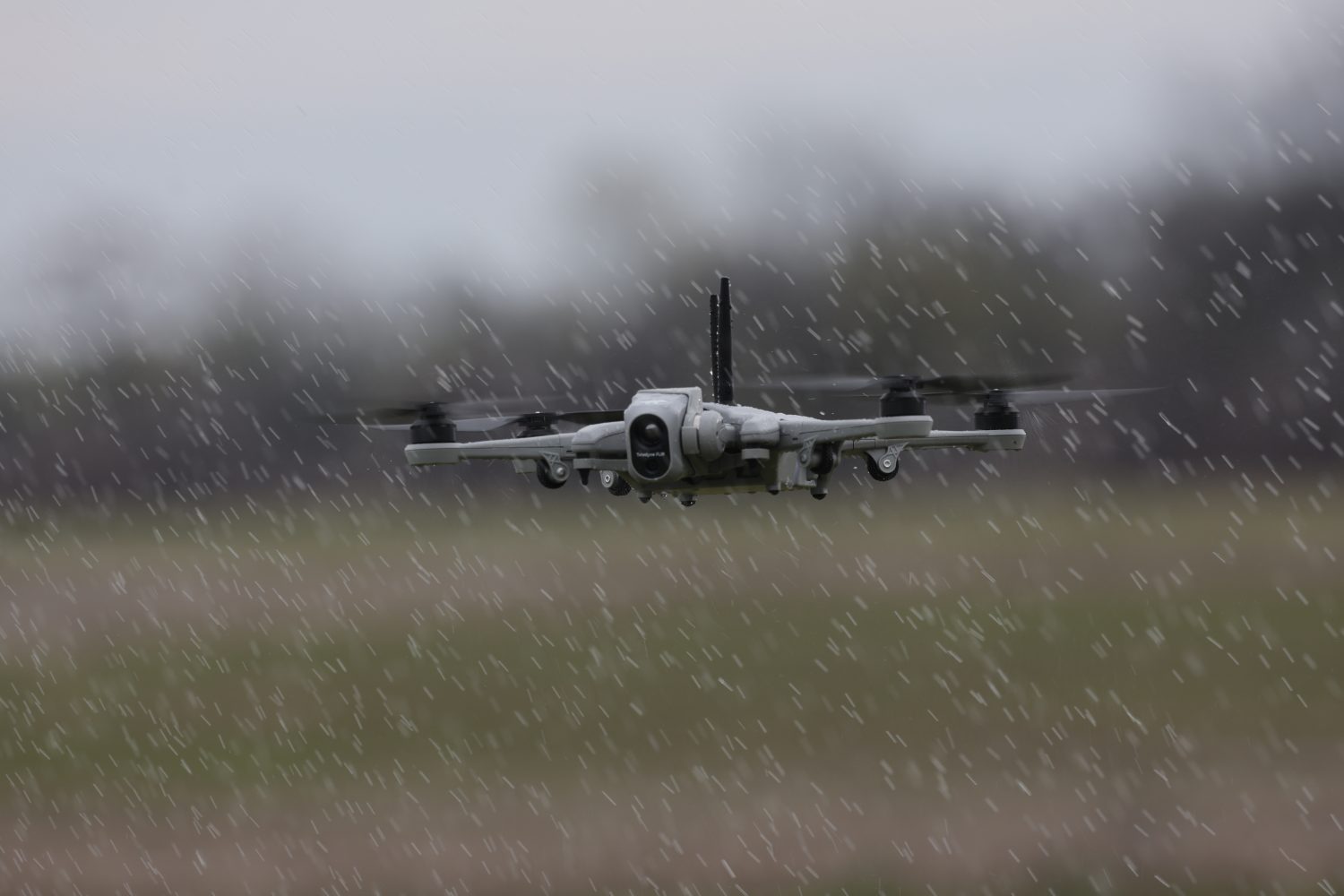
With enforcement of new Federal Aviation Administration (FAA) rules imposing UAV identification less than a month away, Red Cat Holdings says its Teal 2 defense and security drones have obtained certification as remote ID compliant with an onboard communications system that surpasses minimal requirements.
Red Cat made the certification announcement ahead of the September 16 enforcement date of new FAA remote ID rules for UAVs. That qualification means security, defense, and military users of Teal 2 drones will not only be compliant but, according to the company, possess communication assets exceeding regulator specifications.
The looming FAA remote ID requirements for drones apply to virtually all registered craft weighing over 0.55 lb. and not otherwise covered by a limited number of exceptions. Onboard transmitters will communicate vehicle identification and location data to other airspace stakeholders, with the aim of increasing transparency and safety.
Consumer and enterprise UAV manufacturers have been integrating complaint tech into their products for some time now, with third-party add-on devices for older models now also abundant.
Read: Here’s the full FAA Remote ID Rule
In ensuring Teal 2 drones respect those regulations, Red Cat says the craft have been fitted with remote ID units that go beyond FAA rules, while still ensuring the discreet, even furtive requirements that security and military clients often have.
Red Cat says Teal 2 remote ID transmitters are fixed inside the drone, broadcasting data from the flight control system about once per second. While that configuration aims to ensure a high level of accuracy, the system’s use of Bluetooth 5 tech allows the signal to be transmitted over a longer distance — as far as a mile.
Read: Red Cat’s Teal 2 drone marks its second on coveted Blue sUAS list
That Teal 2 remote ID range, Red Cat says, is significantly farther than other systems on the market. That greater reach not only seeks to maximize the visibility and safety objectives behind the FAA requirement without undermining the security imperatives of its defense and military customers, but also anticipate eventual tightening of rules as the skies grow even more crowded.
“I think this really speaks to who we are at Red Cat and what our values are,” said Brendan Stewart, the company’s vice president of regulatory affairs. “We view ourselves as an aircraft manufacturer, as opposed to a consumer electronics manufacturer building something that flies. What sets us apart is our ability to look into the future, figure out what the FAA’s goals are in implementing a particular regulation, and then build technology that allows us to not only meet the regulation today, but sets our customers up for long-term success in a changing regulatory environment.”
FTC: We use income earning auto affiliate links. More.




Comments